




Table of Contents
- Introduction
- The Most Common Construction Defects and How to Prevent Them
- Conclusion
- Faq's
Introduction
Building a home or commercial property is a significant investment, but even the most well-planned projects can encounter construction defects. These issues, if left unaddressed, can lead to costly repairs, safety hazards, and a decrease in property value. From faulty doors and window seals to structural integrity concerns, plumbing issues, and poor ventilation, knowing the most common defects can help homeowners, builders, and investors take proactive measures.
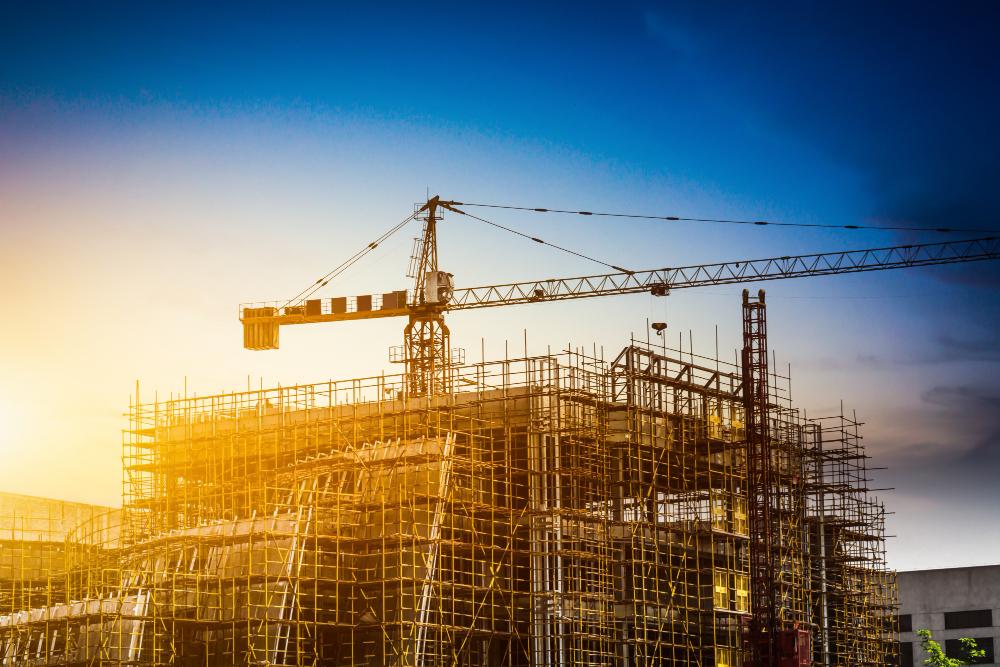
The Most Common Construction Defects and How to Prevent Them
1. Faulty Doors and Window Seals
Poorly installed or low-quality seals around doors and windows can lead to air leaks, energy inefficiency, and moisture infiltration, causing mold and water damage.
How to Avoid It:
- Ensure proper installation by experienced professionals.
- Use high-quality, weather-resistant materials.
- Regularly inspect seals and replace them if damaged.
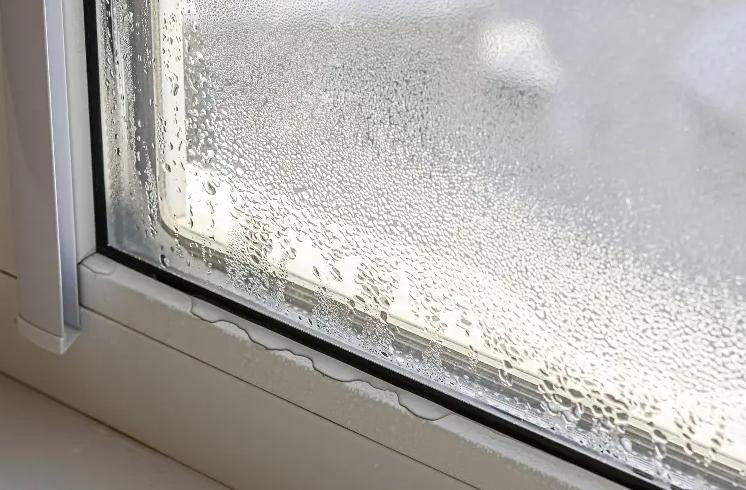
2. Structural Integrity Issues
Weak foundations, poor workmanship, and subpar materials can lead to cracks, sagging walls, and even structural failure over time.
How to Avoid It:
- Conduct soil testing before construction.
- Use reinforced materials and follow engineering standards.
- Hire experienced contractors and structural engineers.
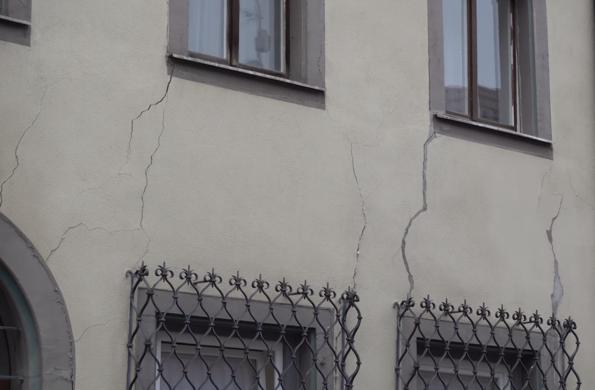
3. Plumbing Concerns
Leaks, poor drainage, and incorrect pipe installations can lead to water damage, mold growth, and higher utility bills.
How to Avoid It:
- Use high-quality pipes and fittings.
- Hire licensed plumbers for proper installation.
- Inspect for leaks and fix them immediately.
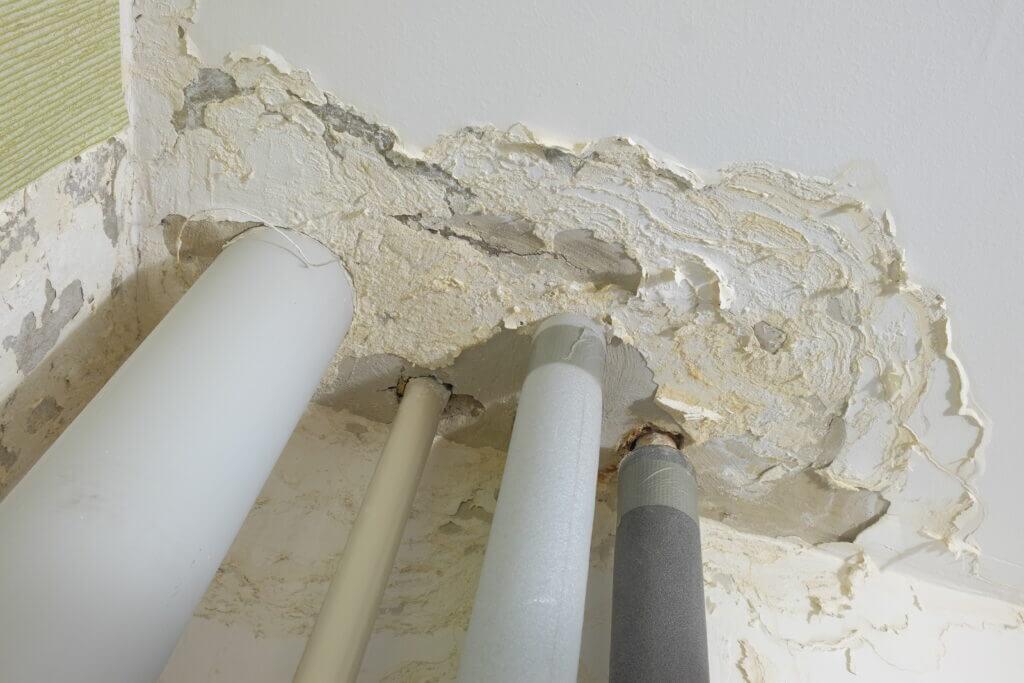
4. Drainage Challenges
Poor drainage can cause water pooling, foundation damage, and landscape erosion, leading to expensive repairs.
How to Avoid It:
- Install proper grading around the foundation.
- Ensure gutters and downspouts are well-maintained.
- Consider French drains or sump pumps for better water management.
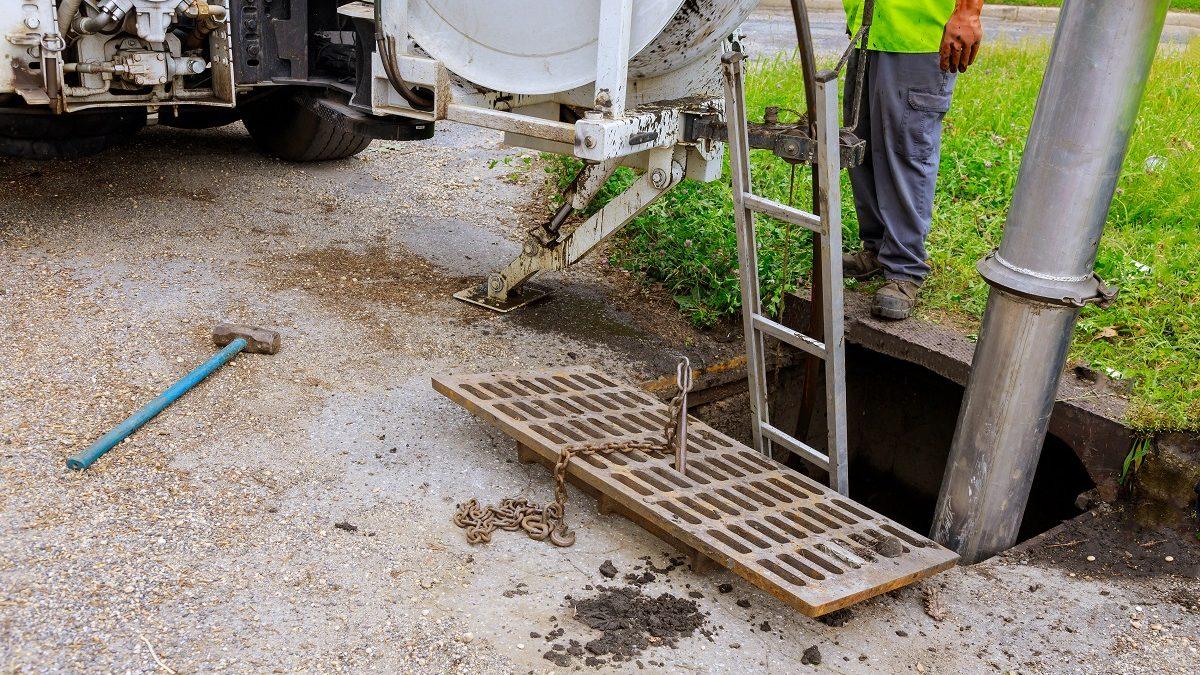
5. Faulty Flooring
Uneven floors, cracks, or poor-quality materials can reduce durability and aesthetic appeal.
How to Avoid It:
- Choose high-quality flooring materials suited to the climate.
- Ensure proper subfloor preparation before installation.
- Use experienced installers to prevent unevenness.
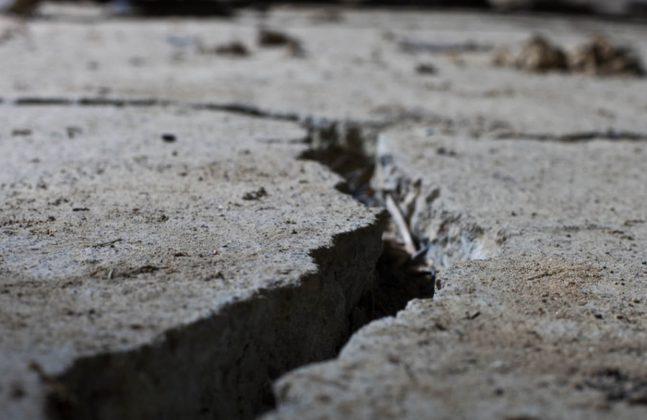
6. Electrical Problems
Faulty wiring, overloaded circuits, or improper grounding can lead to fire hazards and electrical failures.
How to Avoid It:
- Use licensed electricians for installation and inspection.
- Follow national electrical codes and safety standards.
- Ensure circuits can handle the expected load.
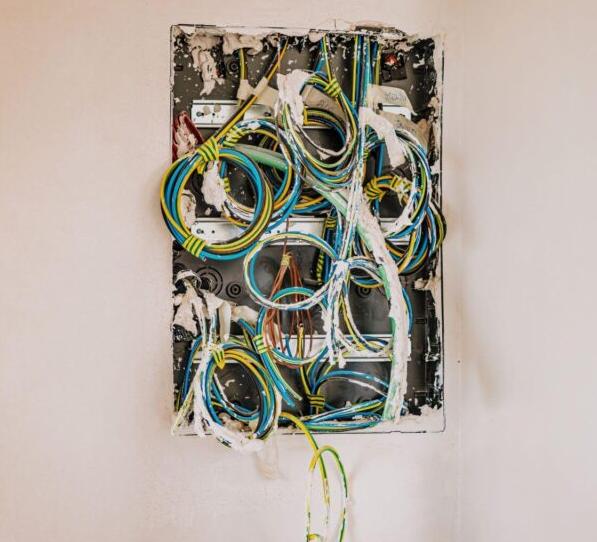
7. Design Deficiencies
Poor planning or flawed designs can lead to inefficient layouts, inadequate space utilization, and costly modifications.
How to Avoid It:
- Work with experienced architects and designers.
- Plan functional spaces with future needs in mind.
- Review blueprints thoroughly before construction.
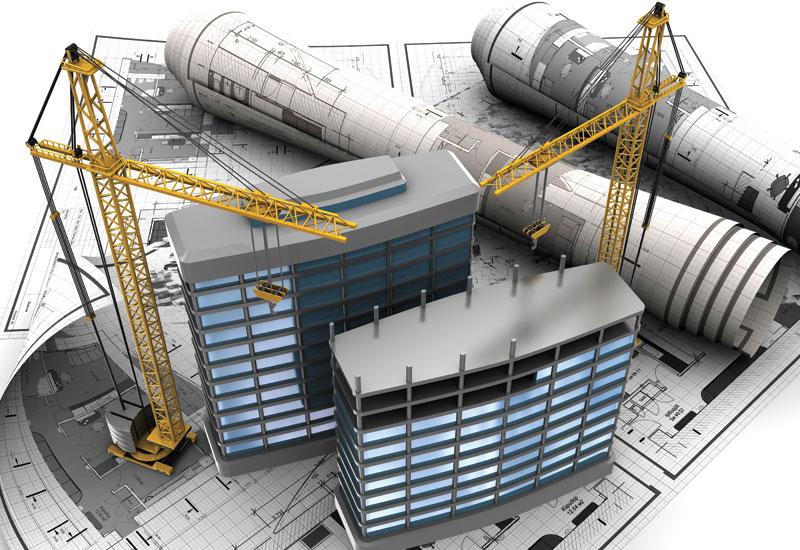
8. Roofing Issues
Leaks, poor ventilation, and weak materials can compromise the longevity of a roof and cause severe interior damage.
How to Avoid It:
- Use high-quality, weather-resistant roofing materials.
- Ensure proper installation and ventilation.
- Conduct regular roof inspections and maintenance.
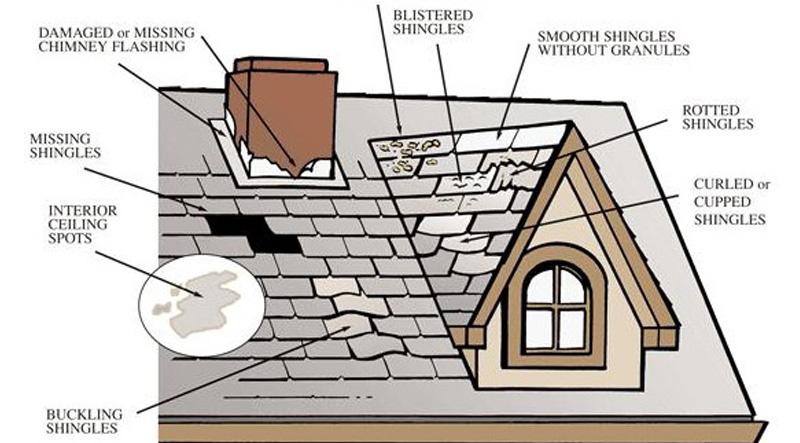
9. Inefficient Insulation
Poor insulation leads to energy loss, higher utility bills, and discomfort due to inconsistent indoor temperatures.
How to Avoid It:
- Use high-grade insulation materials.
- Ensure insulation is installed properly in walls, roofs, and floors.
- Check for gaps and seal them effectively.
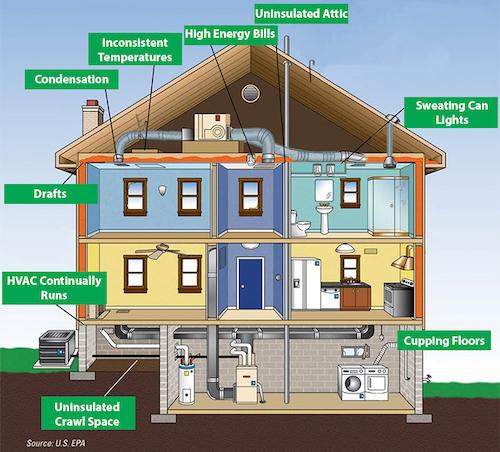
10. Poor Ventilation
Inadequate airflow can cause moisture buildup, mold growth, and indoor air quality issues.
How to Avoid It:
- Install proper exhaust fans in kitchens and bathrooms.
- Ensure cross-ventilation in living spaces.
- Consider energy-efficient HVAC systems for consistent airflow.
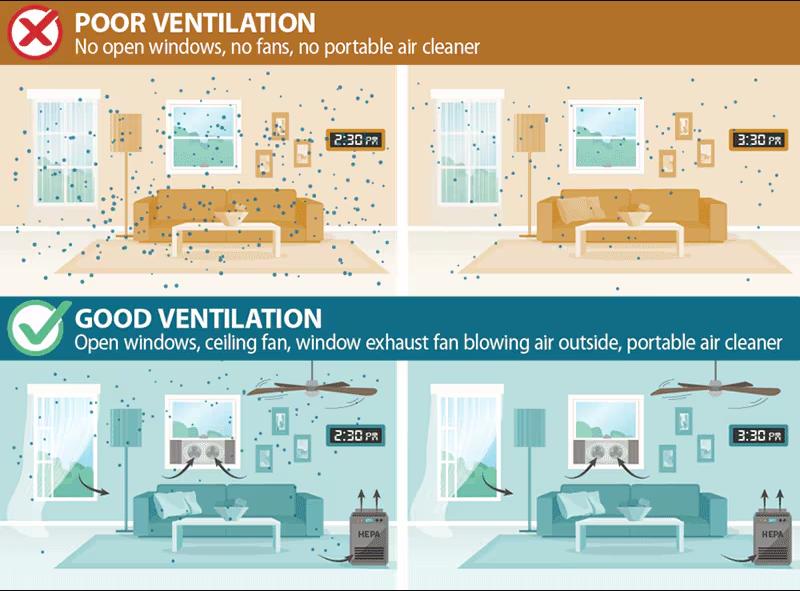
Conclusion
Construction defects can significantly impact a building's longevity, safety, and value. By understanding these common issues and implementing preventive measures, homeowners and builders can save time and money while ensuring a structurally sound and efficient property. Regular inspections, quality materials, and hiring experienced professionals are key to avoiding costly construction mistakes.
explore further
Latest from Home Buying Tips
More from Recommendations
Resources
Dwello, for every home buyer, is a way to go from 'I feel' to 'I know', at no extra cost.



